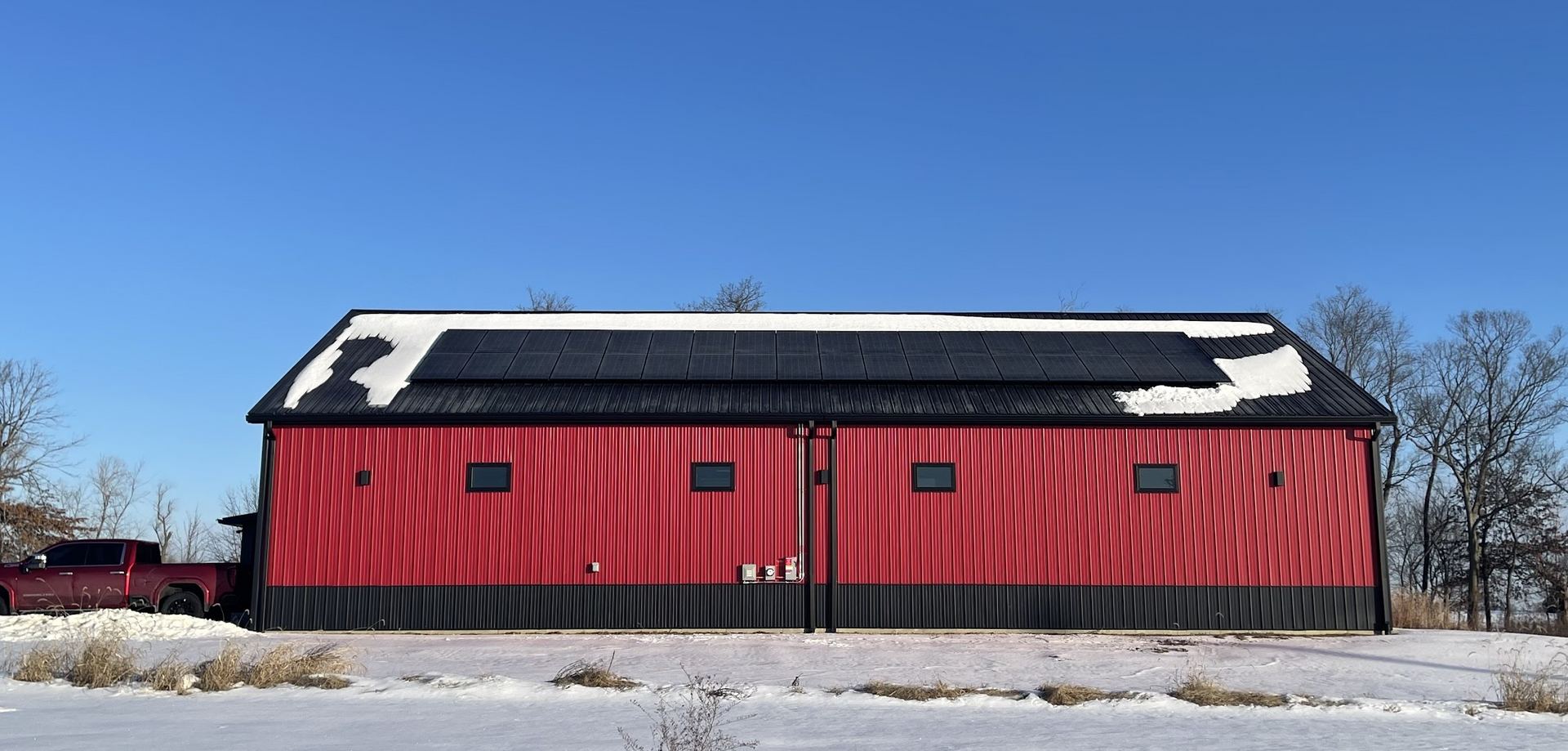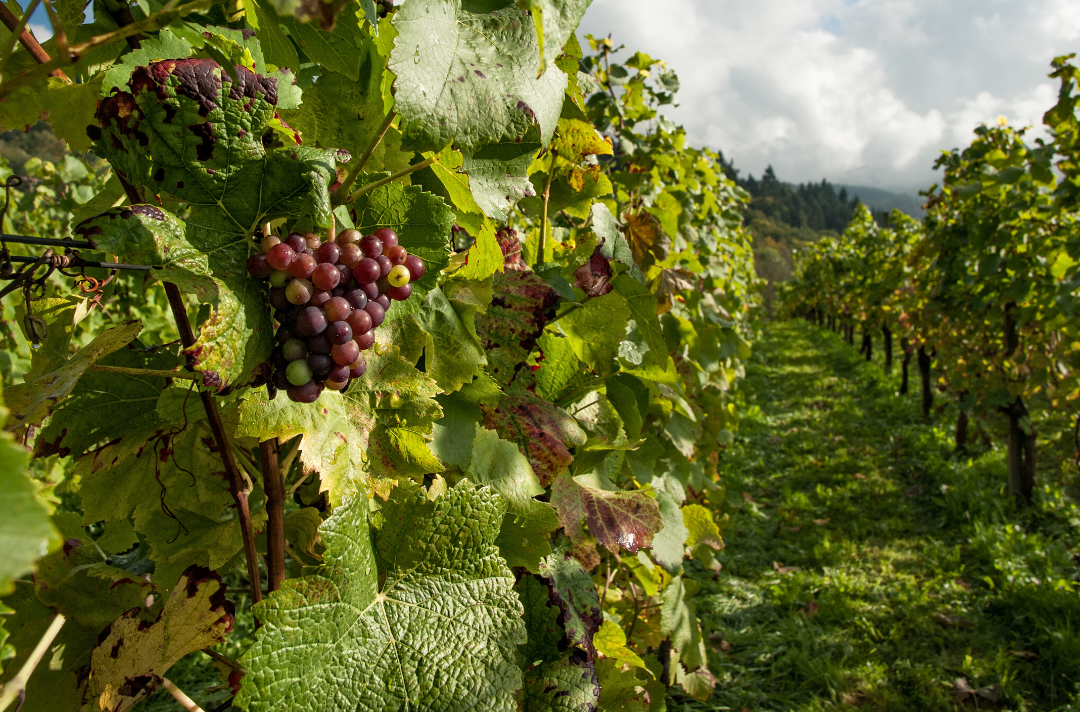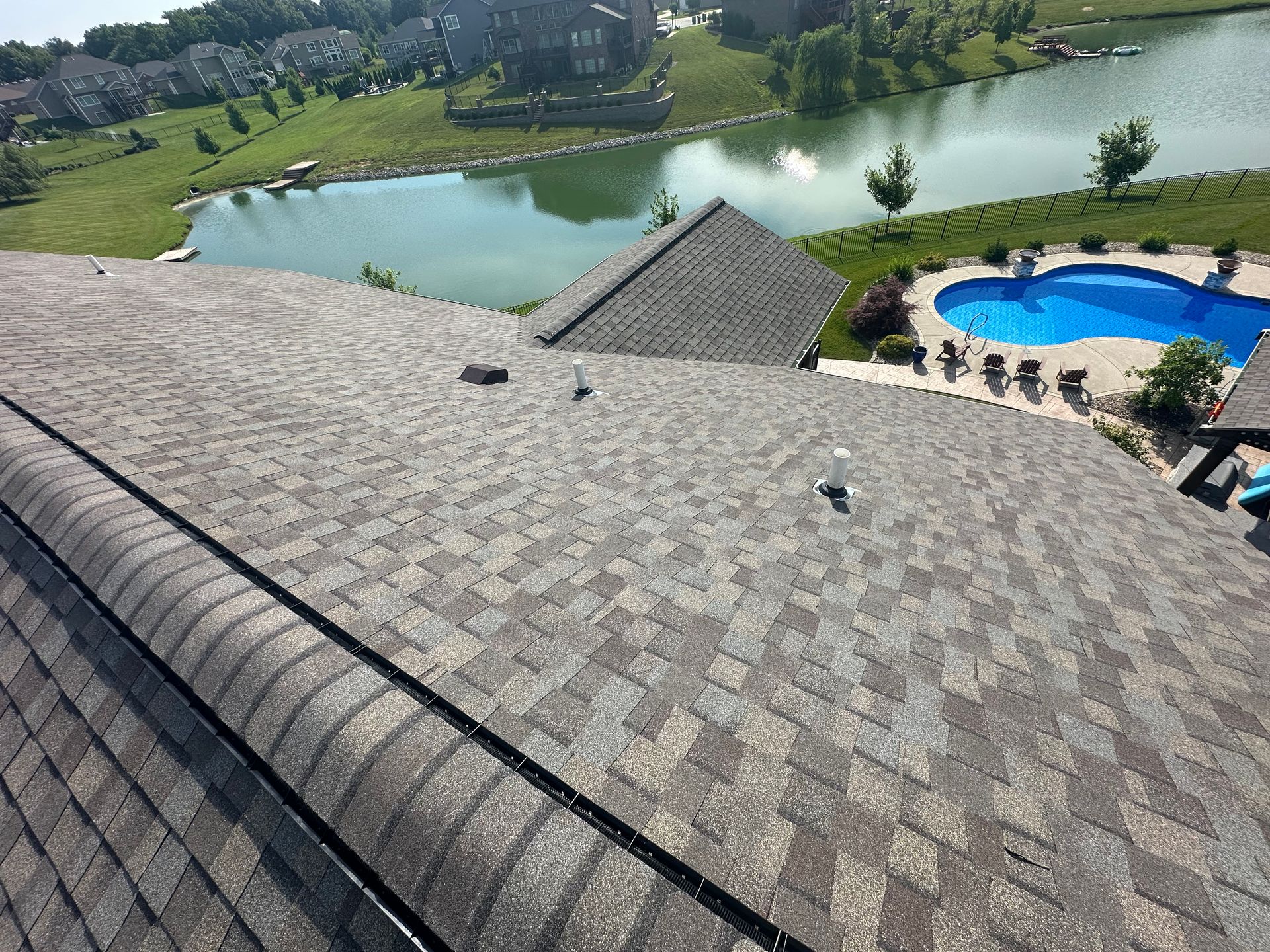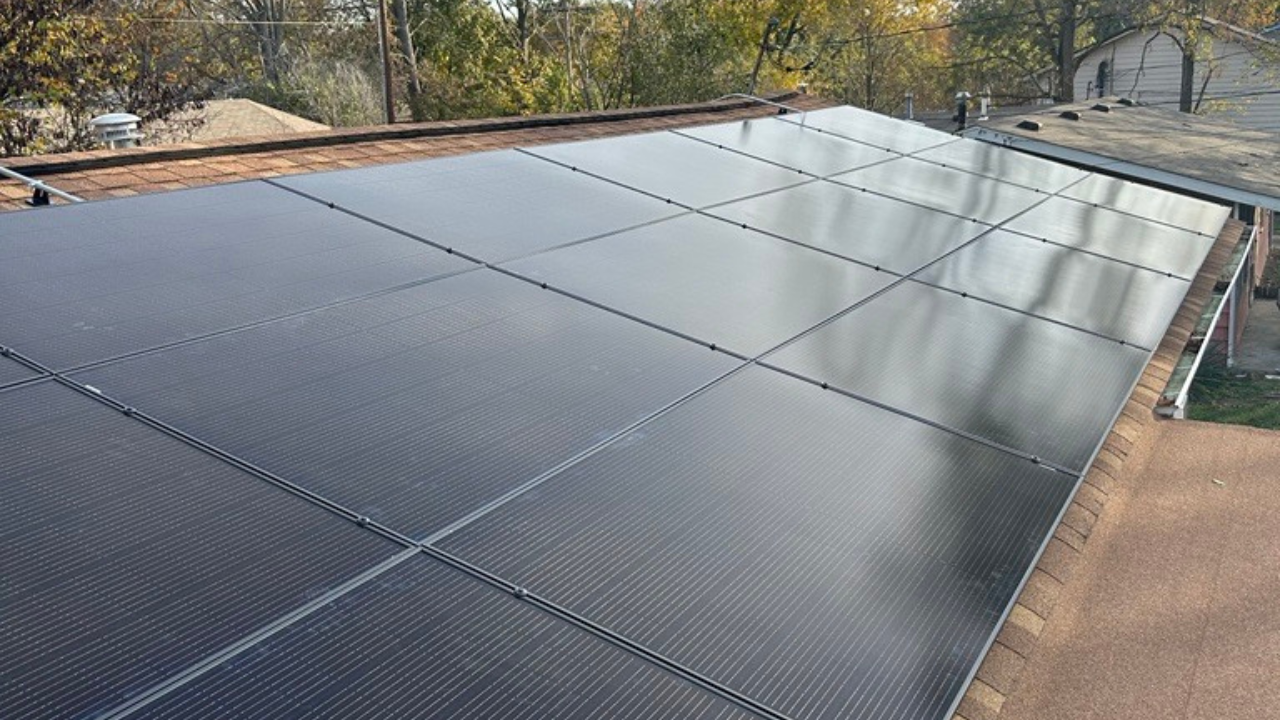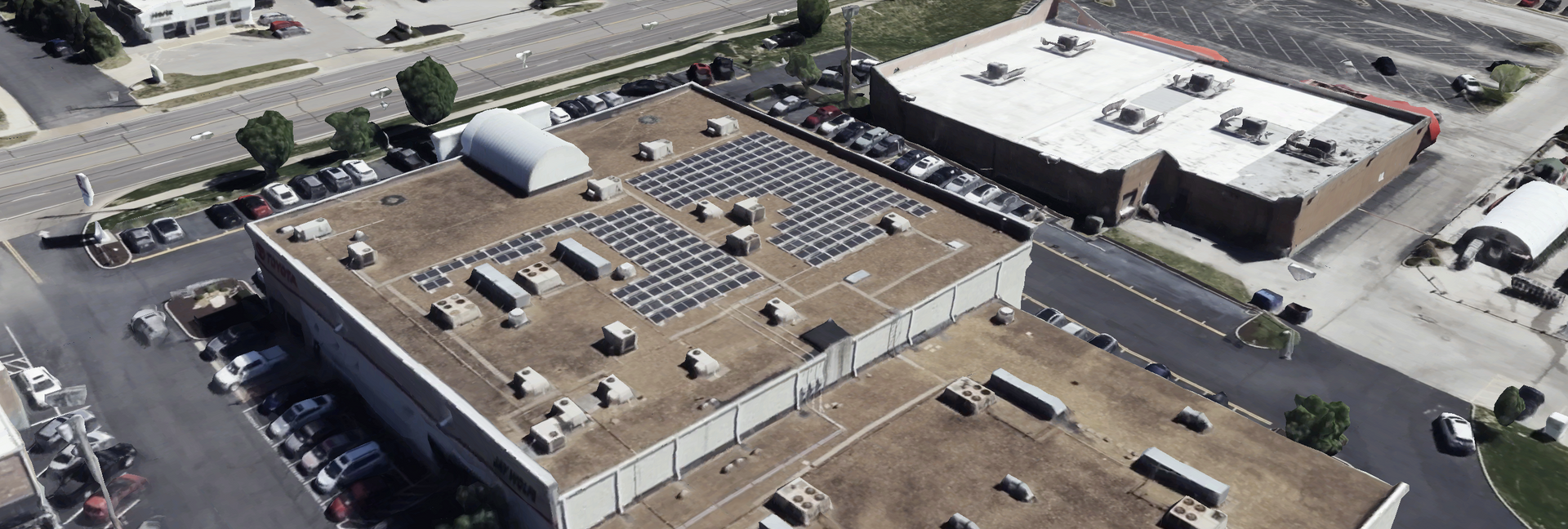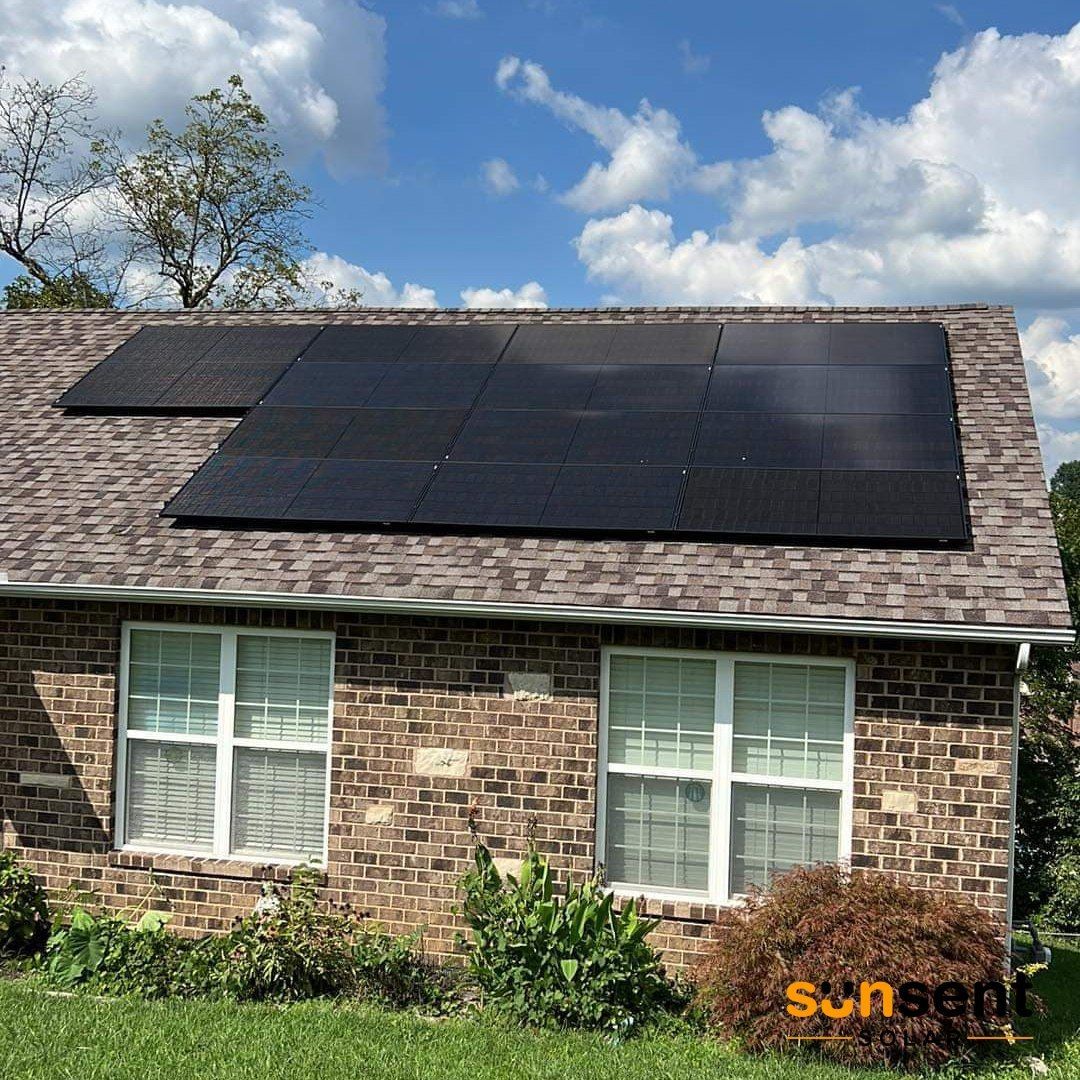Facing Rising Energy Costs and Summer Heat? SunSent Solar Has You Covered
Ameren Illinois Rate Hikes – What You Need to Know
Starting June 1, 2025, Ameren Illinois customers will experience a significant increase in their electric bills, with an average rise of approximately $45 over the next four months. This surge, representing an 18-22% hike, is a direct result of the Midcontinent Independent System Operator's (MISO) annual capacity auction. The auction revealed a tightening supply-demand balance, leading to a twenty-fold increase in summer capacity prices compared to current rates.
Ameren, functioning as a delivery-only utility without its own electricity generation, is mandated by state regulations to procure electric capacity at prices set by MISO and the Illinois Power Agency. These costs are then passed directly to consumers without any markup. The electric bill comprises two main components: the delivery charge, covering infrastructure and maintenance, and the supply charge, which accounts for more than half of the bill and reflects the actual cost of electricity.
The increased rates will be in effect until October 1, 2025, after which they are expected to return to current levels as temperatures drop. However, this situation underscores the vulnerability of consumers to fluctuations in energy markets and the importance of exploring alternative energy solutions.
Anticipated Summer Heat in the Midwest
The summer of 2025 is projected to be one of the hottest on record for the Midwest. According to the National Weather Service's Central Region Climate Outlook, warmer-than-normal temperatures are favored across the entire contiguous United States, with the Midwest experiencing significant heat. This trend is supported by the North American Multi-Model Ensemble (NMME) data, indicating increased confidence in the forecast for a hotter summer. From the National Weather Service.
The Old Farmer's Almanac also predicts above-normal temperatures across most of the U.S., with the Heartland states, including Illinois, expected to be up to 4°F above average. This excessive heat not only increases the demand for electricity due to higher air conditioning usage but also poses health risks, particularly for vulnerable populations.
Furthermore, the combination of high temperatures and anticipated drier-than-normal conditions could lead to drought persistence and expansion across much of the Plains. These environmental stressors highlight the need for sustainable and reliable energy solutions to meet the increased demand and mitigate the impact on both the grid and consumers' wallets. From the National Weather Service.
How SunSent Solar Provides a Sustainable Solution
In light of rising energy costs and the impending summer heat, investing in solar energy presents a viable and sustainable solution. SunSent Solar offers comprehensive services to help homeowners transition to solar power, reducing their reliance on the grid and shielding them from volatile energy prices.
By harnessing the power of the sun, homeowners can generate their own electricity, leading to significant savings on their energy bills. Additionally, solar energy systems contribute to environmental conservation by reducing carbon footprints and promoting clean energy usage.
SunSent Solar also provides thorough site surveys to ensure your home is ready for solar panel installation. Our 30-minute inspections cover:
- Panel Examination: Figuring out where and how we will connect the power source.
- Attic Examination: To ensure we can feed the cables through your house in a non-intrusive way.
- Measuring House: Checking to see how much cable is needed for your specific job.
- Drone Footage: So we can send you a comprehensive & personalized solar panel layout.
Our team provides detailed documentation and photographs to support any necessary repairs or insurance claims.
Embrace a future of energy independence and sustainability with SunSent Solar. Contact us today to schedule your roof inspection and take the first step towards a greener, more cost-effective energy solution.

